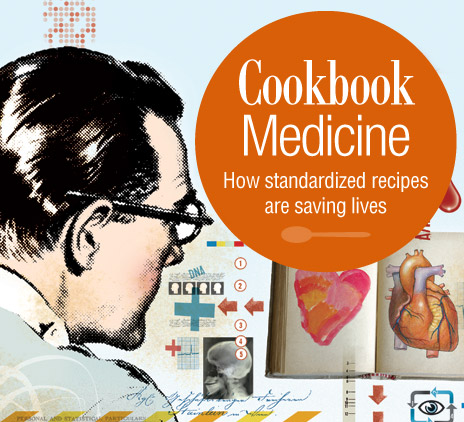As an emergency physician, I tend to work on the
other side of preventive care services. I see what happens when women don’t know about safer sex and birth
control, and end up with complications from sexually transmitted
infections. I see what happens when women do not
get
routine screening for cervical cancer and struggle with life-threatening
cancer. I see what happens with out-of-control hypertension and diabetes, and
the heart attacks and strokes that are detected far too late.
These experiences have shown me that prevention
is the best medicine. That’s one big reason why the Affordable Care Act
provision requiring new insurance plans to cover women’s preventive care without any extra charges
or co-pays is a real victory for women. These requirements,
which go into effect Aug. 1, will be phased into existing insurance plans over
time.
Because of this change, women will be able to
obtain complete contraceptive care, screening for sexually transmitted
infections, and screening and counseling for intimate partner
violence. This builds upon earlier requirements that insurance companies
cover –
at no additional cost to women -- mammograms and screenings for cervical cancer. It’s
clear to me that these mandates will significantly improve women’s health and
lives and ultimately lead to a reduction in health care costs.
The Well-Woman Visit
One of the easiest ways to obtain preventive services is through a well-woman visit. These visits, which will soon be covered with no co-pay, give you the opportunity to ask key questions about birth control, sexually transmitted infections, and other reproductive issues, along with questions about diet and exercise and any health concerns you have. You can also discuss changes in your family’s medical history that are important for your health care provider to consider. For example, when my mother was diagnosed with breast cancer, my doctor recommended that I get earlier screenings.
One of the easiest ways to obtain preventive services is through a well-woman visit. These visits, which will soon be covered with no co-pay, give you the opportunity to ask key questions about birth control, sexually transmitted infections, and other reproductive issues, along with questions about diet and exercise and any health concerns you have. You can also discuss changes in your family’s medical history that are important for your health care provider to consider. For example, when my mother was diagnosed with breast cancer, my doctor recommended that I get earlier screenings.
Along these same lines, your health care
provider may have questions or issues to discuss with you. Smoking, drinking
and recreational drug use can create and contribute to health problems, and
often need to be discussed and addressed multiple times before change happens.
Well-women visits also give your health care provider a chance to screen for
potential high blood pressure, diabetes, depression, domestic violence, and
more.
The well-woman visit is important for another
reason: it gives you and your health care provider a chance to get to know each other.
Most people go to their provider or to a clinic only when there’s a problem,
but the best time to get to know your provider isn’t when you’re in distress
from a painful or troublesome condition. Studies have shown that health care
providers make more accurate diagnoses when they know their patients and can
put the symptoms in the context of your life. A well-woman visit is a precious
opportunity to build this trusted relationship.
As an emergency physician, I am excited about
the new provisions taking effect Aug. 1, which include annual well-women visits
for those who want them. I would much rather women regularly visit their health
care providers than come to the E.R. later suffering from preventable problems.
So please take this opportunity and make an appointment with your provider. The
importance of investing in your health is too crucial to ignore.
I wrote this article as a guest blogger for Our Bodies Our Selves. This post also appeared as part of the National Women's Health Network blog. I welcome your comments and your emails!















